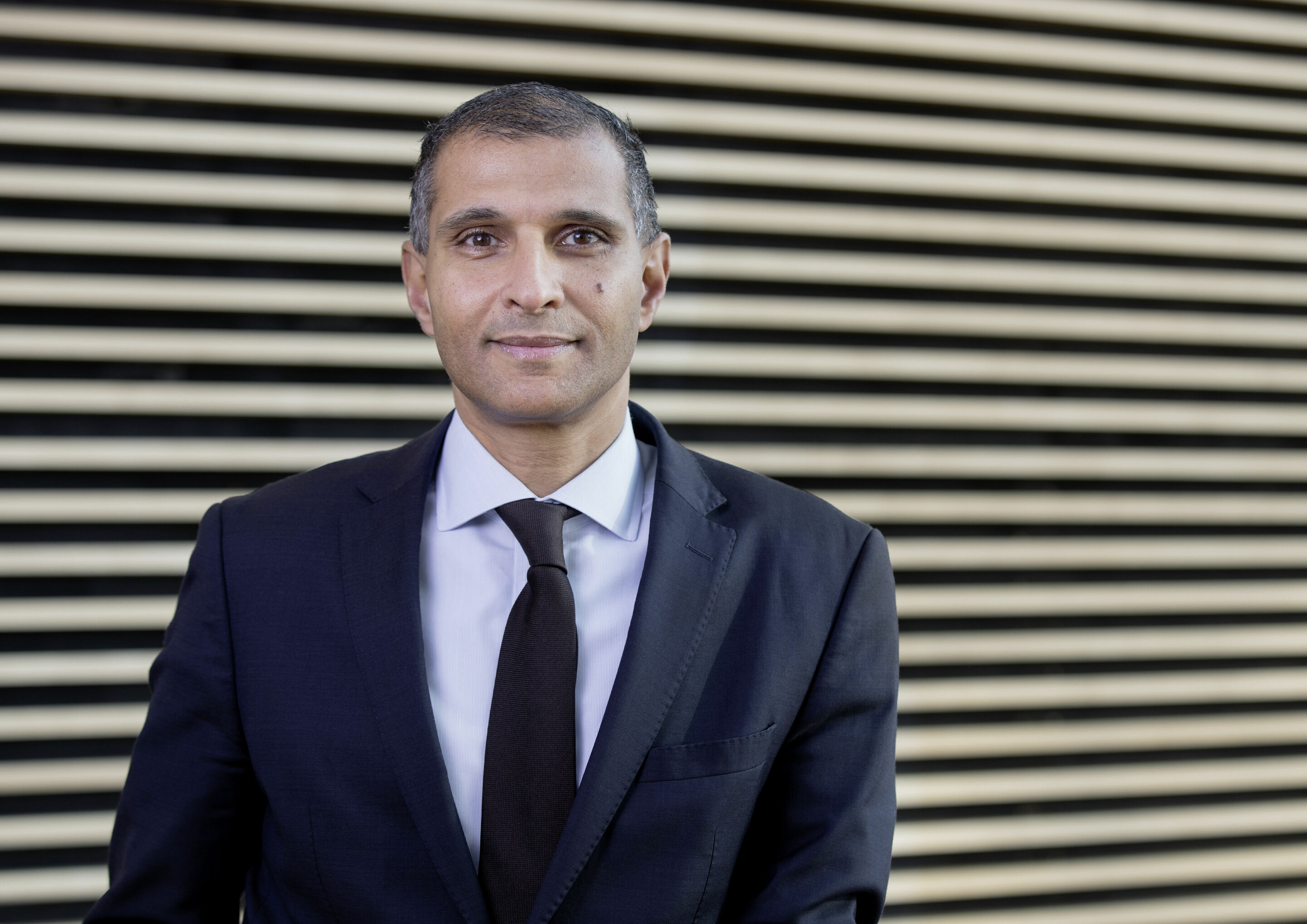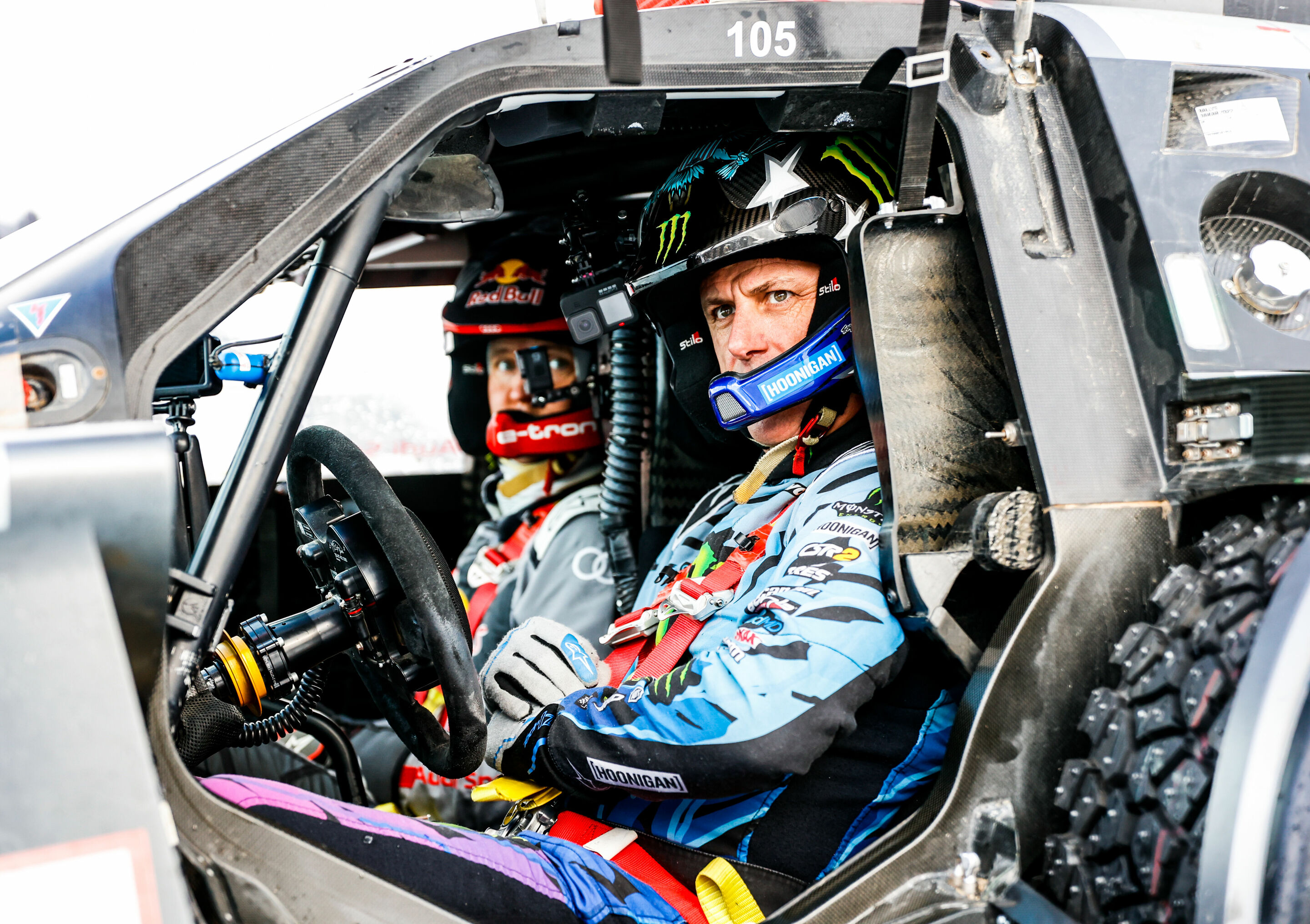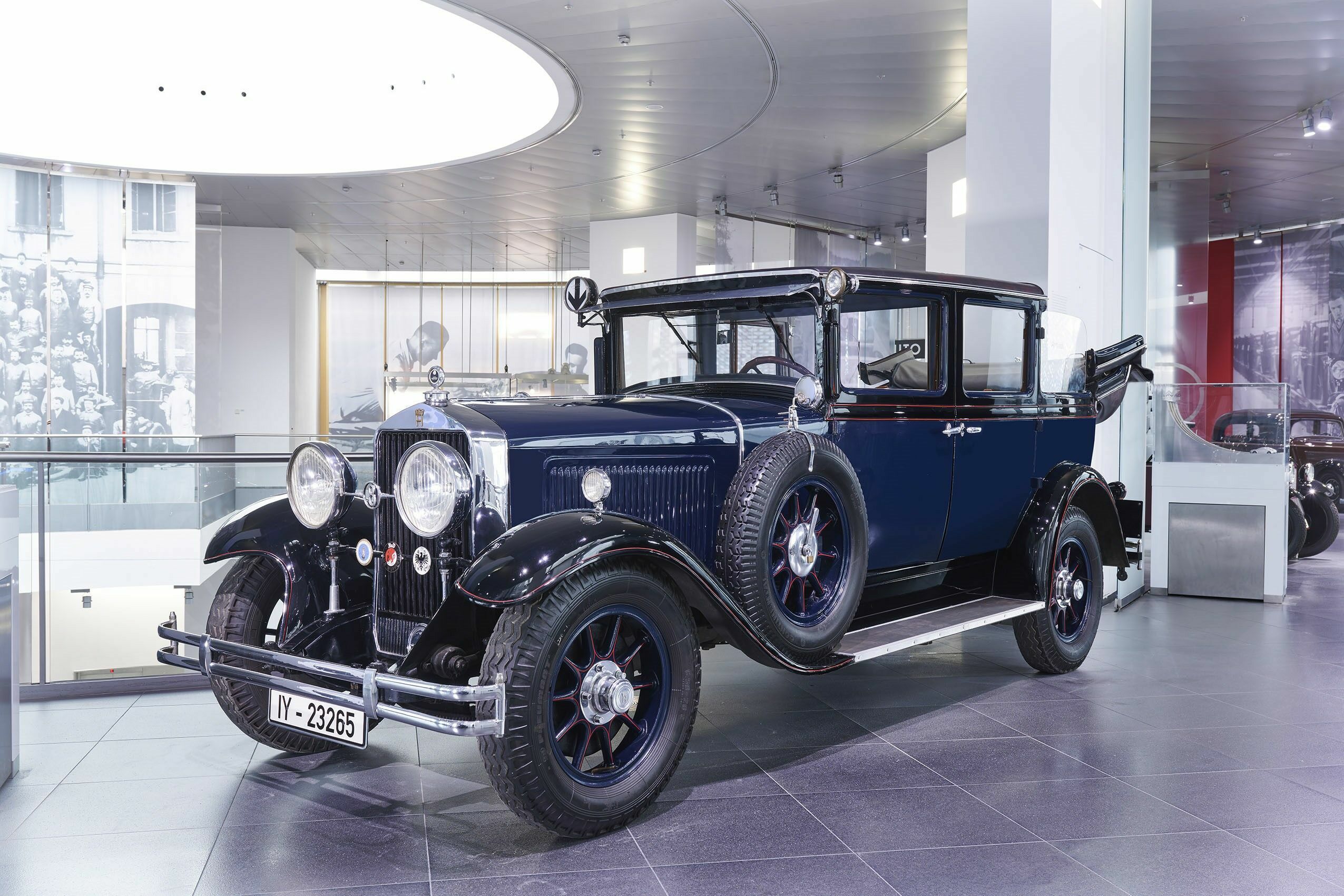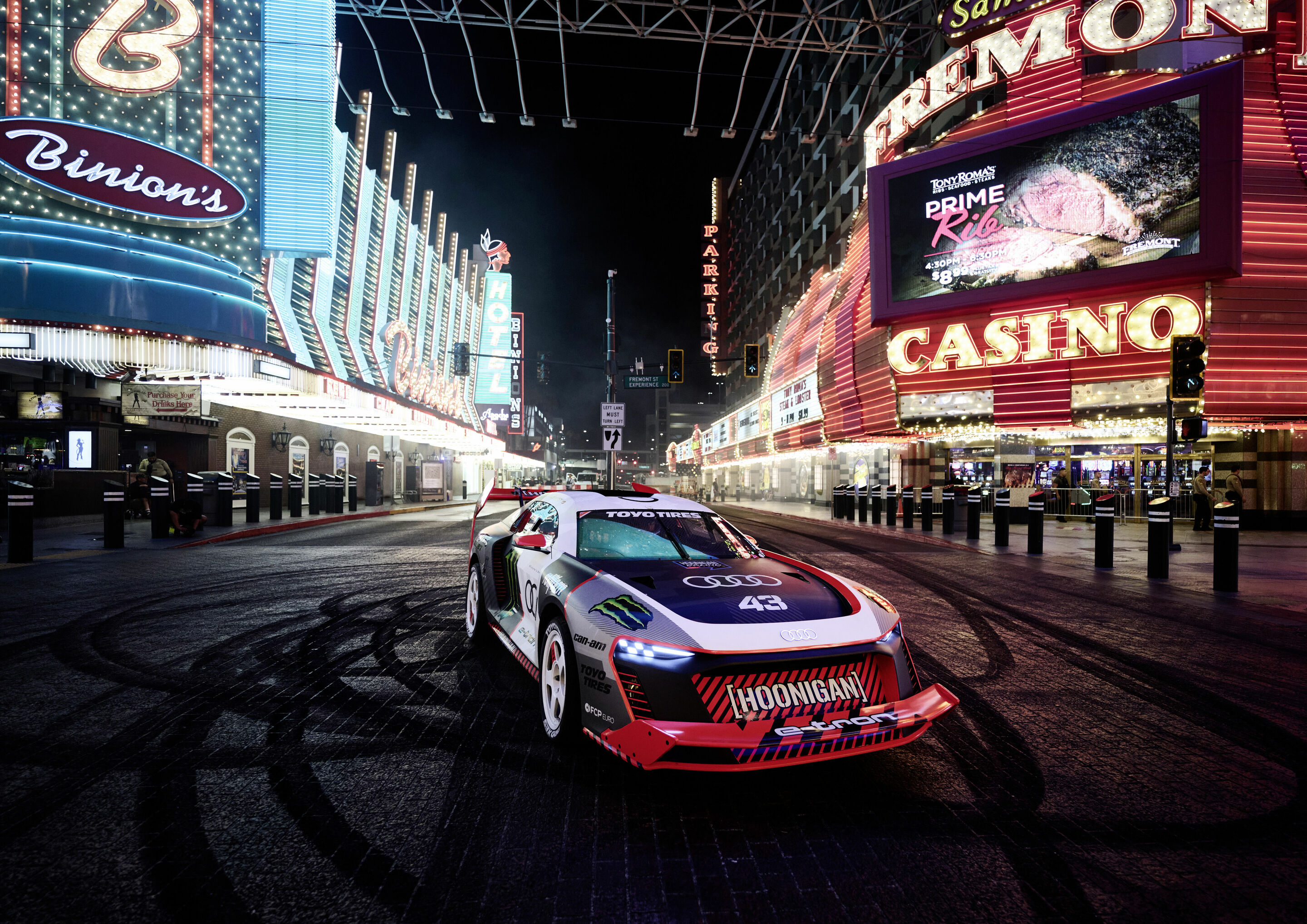Search
All search results for "audi a2"
(62)
 Leading light: 25 years Audi A2
Leading light: 25 years Audi A2
Premium in the entry-level segment: the Audi A2 – progressive in design and technology, and with top long-term quality The Audi A2 1.2 TDI was the world’s first four-door three-liter car
It was launched 25 years ago – and polarized opinions: the Audi A2. With its innovative aluminum body, the compact car was light, aerodynamic, and economical in terms of consumption. There were five engine variants to choose from; the A2 1.2 TDI caused a sensation as the world’s first four-door three-liter car. And since 2003, the special “colour.storm” edition has attracted attention with its special paint colors. However, since sales fell short of expectations, Audi ended production in 2005 after about five years and 176,377 units built. The innovative Audi A2 can showcase its qualities in a “second career”: as a modern classic with a stable value, the A2 has a loyal fan base and can still be seen on the road today as a daily companion.
In the early 1990s, the three-liter car was announced as a development goal by the Volkswagen Group and Audi, and the first work on the project began shortly afterwards. The designers in Ingolstadt worked closely with the experts at the aluminum center in Neckarsulm. In May 1995, they presented a concept study called “Ringo,” whose Audi Space Frame (ASF) was less complex than the ASF of the Audi A8, which was largely built by hand. Stefan Sielaff – the former head of Audi’s Munich design studio – took over the project and led the interior design, while Belgian designer Luc Donckerwolke handled the exterior. Together with future design chief Gerhard Pfefferle, they gave the “rolling cage” Ringo a two-door body – which proved already close to the later design. As development progressed, two studies were created: one was a show car at the IAA in Frankfurt in 1997 and, in addition to the provisional model designation Al2, it bore the nickname “Light Green” because of its color.
 Audi Tradition to commemorate numerous anniversaries in 2025
Audi Tradition to commemorate numerous anniversaries in 2025
Booklet features a selection of more than two dozen anniversaries The launch of the Audi A2 25 years ago; the first new Audi in post-war times 60 years ago; and Hans Stuck’s record-breaking exploits in the “world’s fastest road-going car” near Lucca 90 years ago
With the “Anniversary Dates 2025” booklet, Audi Tradition is showcasing the most important moments in the product and company history of Audi, which is as eventful as it is diverse. Audi historians have selected a total of 27 dates to commemorate in 2025.
Twenty-five years ago, the Audi A2 hit the market. With its aluminum body, it made a name for itself as a progressive compact car: light, aerodynamic, and economical. The Audi A2 polarized opinion with its design and unusual proportions; the concept was ahead of its time. However, sales remained below expectations, and Audi ended production after roughly five years and 176,377 units built. Since then, the A2 became a fan favorite and is now a sought-after collector’s item. Sixty years ago, the first post–World War II Audi rolled off the production line. With the “Auto Union Audi” vehicle, Auto Union GmbH revived the tradition-steeped Audi brand name in 1965. The new name was meant to show that this car represented a fresh start for Auto Union in terms of technology. The Audi was the first car from the brand with four rings to feature a four-cylinder four-stroke engine, and it marked the beginning of a new era in Ingolstadt. Twenty years later, on January 1, 1985, Audi NSU Auto Union AG was renamed AUDI AG, and since that time, the company and its products have shared the same short, memorable name. Ninety years ago, in February 1935, a spectacular attempt to break speed records took place in Italy. After test drives in October 1934 with the Grand Prix racing car on the AVUS in Berlin, the Auto Union racing department started developing the vehicle that would later be known as the “Lucca” car.
 Dr. Tarek Mashhour - Biography
Dr. Tarek Mashhour - Biography
Executive President of Audi México
Tarek Mashhour was born in 1965 in Münster (North Rhine‑Westphalia). After leaving school, he studied mechanical engineering at RWTH Aachen University. He then gained a doctorate at the Technical University of Hamburg in the field of artificial intelligence. In 1996, he joined Audi as a planner in the Toolmaking division. He then held various management positions within Audi Toolmaking at the Ingolstadt and Neckarsulm sites, in charge of projects for example for the Audi A2, for design technology and for the machine park. Subsequently, Tarek Mashhour was responsible for toolmaking at VW do Brasil. After returning to Audi, he moved to the Procurement division, where he was in charge of purchased‑parts management. In 2009, he was appointed Head of Planning for the Audi’s Neckarsulm, China and Lamborghini plants. After that, he was responsible for production planning at the plants in Brussels (Belgium) and Győr (Hungary), as well as for the planning and implementation of the new Audi plant in San José Chiapa (Mexico). From September 2016, Tarek Mashhour was responsible for the production strategy of AUDI AG, including the key area of digitization. Starting in October 2018, he was the head of series production for electric models at Audi. Since November 1, 2020, Dr. Tarek Mashhour has been Executive President of Audi México.
 After “Windschnittig” comes “Form vollendet”: A new special exhibition at the Audi museum mobile
After “Windschnittig” comes “Form vollendet”: A new special exhibition at the Audi museum mobile
Aerodynamics in automotive manufacturing from 1945 to the present day: from concept cars and record-breaking models to race cars and the Cd world champion, the Audi 100 Almost 30 exhibits feature in a special exhibition from July 25, 2024, to March 2, 2025
Audi wrote engineering history in 1982 with the Audi 100. With its drag coefficient of 0.30, the third-generation Audi 100 was the world’s most aerodynamically efficient production saloon at the time, making it an essential part of the new special exhibition "Form vollendet". The new special exhibition will be at the Audi museum mobile in Ingolstadt until March 2, 2025, where Audi Tradition will present aerodynamic concepts from 1945 to the present day.
The aerodynamics research that flourished before the Second World War and which was the subject of Audi Tradition’s “Windschnittig” exhibition (German for “streamlined”) that ran until the end of June received little attention after 1945. Europe’s automotive industry was busy getting back on its feet. During this period, pre-war developments were still in use and improved upon. It wasn’t until the rising cost of fuel during the 1973 oil crisis prompted a shift in thinking that automotive engineers began focusing on reducing fuel consumption. One of the dials used to achieve this was aerodynamic drag. In 1982, Audi made a splash with the Audi 100; its drag coefficient of 0.30 set a world record for production sedans, a value that would become the benchmark for years to come. The new Audi Tradition special exhibition “Form vollendet” (German for “form perfected”) showcases the Cd world champion Audi 100 alongside other models such as the NSU Ro 80, the Porsche 356, the Lamborghini Countach, and the Ducati Paso 950.
 Ken Block thrilled with the Audi RS Q e-tron
Ken Block thrilled with the Audi RS Q e-tron
US drift artist drives Mattias Ekström’s Dakar car Historic treasures from Audi Tradition at the GP Ice Race Ken Block: “A phenomenal experience”
This was a car swap of a very special kind: with Mattias Ekström as the instructor in the co-driver’s seat, Ken Block tested the Audi RS Q e-tron with start number 224 on snow and ice. The outing during the GP Ice Race in Zell am See (Austria) was the spectacular prototype’s first appearance after its successful debut in the famous Dakar Rally.
The Audi RS Q e-tron, with which Audi clinched four stage victories in January, was just one of the stars on the icy course in Zell am See. Audi Tradition also brought along the Audi quattro A2 Group B rally car, which competed in the 1983 Rally Finland. In addition, a DKW F 91 and a DKW Hartmann Formula V caused quite a stir. For Ken Block, the weekend trip to Europe was like a visit to automotive paradise. “The laps in the Audi RS Q e-tron were a phenomenal experience – even though the car probably feels more comfortable in the desert than in the snow,” said Ken Block. “Thanks to Mattias Ekström, who patiently explained all the special features of his car to me. A few minutes behind the wheel was enough to understand the fascination of this car.” Mattias Ekström was impressed. “It only took three turns for Ken to get fully up to speed,” said the Swede, who, with ninth place, was the most successful Audi driver in the 2022 Dakar Rally. For Ekström, the event in Austria was also the perfect preparation for his participation in the prestigious “Race of Champions”, which was held in the north of Sweden last weekend. Ekström only had to admit defeat to the eventual winner Sébastien Loeb in the semifinals. In addition to testing the Audi RS Q e-tron, Ken Block also took a little trip down memory lane and drifted around the circuit in the Audi quattro A2.
 Audi museum mobile celebrates its 20th birthday
Audi museum mobile celebrates its 20th birthday
34 vehicles from the company's history are new to the permanent exhibition Rally, DTM, Le Mans: motor sport history - an exclusive on the paternoster Now icons such as the Audi TT, Audi RS 4 and Audi A2 are in the museum
It will soon be twenty years since the Audi museum mobile first opened its doors on 15 December 2000. Over the first twenty years of the new millennium, Audi AG has added many chapters to its success story. During that time automotive classics have been created and new milestones in technological development set. To mark the museum's 20th anniversary, this gap has now been closed, giving visitors to the Audi museum mobile a better understanding of the more recent years in Audi's history. From 15 December, 34 new historic vehicle exhibits await visitors to the Audi museum mobile.
As part of this, the huge paternoster will be a delight to behold for all motor sport fans. From now on the history of motor sport at AUDI AG will be taking a ride where previously exhibits for particular topics regularly exchanged places. With the exception of the Auto Union Silver Arrows which will remain in their traditional spot on the third floor of the museum, everything which, since the 1960s, has made Audi into the sporty brand it is will be presented on the revolving platforms which accompany visitors on all four floors. This will lend a completely new quality to the motor sport exhibition. Instead of the present five exhibits, there will now be fourteen. These include the Audi A4 DTM winner from 2007, the Audi Le Mans R8 LMP prototype from 2002, the Audi A4 STW from 1996, an Audi Rally quattro Group 4 from 1980, the Audi Sport quattro Rally Group B from 1985, the NSU 1300 TT "Jägermeister" from 1975 as well as the DKW F11/64 touring car from 1963. This restructuring has made it possible to redesign the previous motor sport exhibition area on the second floor and equip it with more recent Audi icons.
 Ken Block and the Audi S1 Hoonitron electrify Las Vegas
Ken Block and the Audi S1 Hoonitron electrify Las Vegas
Electrikhana film featuring US drift artist celebrates world premiere All-electric prototype developed and deployed by Audi Sport Spectacular shoot in Las Vegas with motorsport icons from Audi
When US drift artist Ken Block releases his long-awaited Electrikhana video today, the Audi S1 Hoonitron will be featured as one of the principal performers: Developed and assembled at Audi Sport in Neckarsulm, the all-electric prototype that was styled by Audi Design taking cues from an Audi icon thrills viewers. The link to the film: YouTube.com/thehoonigans
A drift along the famous Eiffel Tower, a spectacular jump from the parking deck of a neighboring hotel, or donuts on the legendary strip in front of spectating Le Mans legend Tom Kristensen: Ken Block, the Audi S1 Hoonitron, and other models from Audi Tradition’s collection of treasures made a splash during the night-time film shoot in Las Vegas. The US star in the Audi S1 e-tron quattro Hoonitron electrified the gambler’s paradise in Nevada’s desert for several days. Now Ken Block has released the cinematic product. “With the S1 Hoonitron we broke entirely new ground at Audi,” says Oliver Hoffmann, Member of the Board for Technical Development at AUDI AG. “Developing a fully electric prototype for the unique requirements of our partner Ken Block was a big and exciting challenge to which the whole team rose with flying colors. It is great to see how ‘Vorsprung durch Technik’ is presented in an all-new environment.” The Audi S1 Hoonitron has two electric motors, all-wheel drive, power galore, a carbon fiber chassis, and fully complies with the safety standards of the FIA, motorsport’s governing body. Audi Sport developed it as a one-of-a-kind car exclusively for Ken Block. Its body shell, for which Audi Design led by Marc Lichte is responsible, immediately evokes memories of the legendary Audi Sport quattro S1 with which the four rings charged to the top in the famous Pikes Peak hill-climb race.
 Audi Tradition launches its 2025 event season
Audi Tradition launches its 2025 event season
Trade shows, rallies, festivals, model car markets – Audi Tradition showcases itself to fans at a variety of events Lectures, events, and special exhibits at the Audi museum mobile and at the Audi Forum Neckarsulm
Audi Tradition will be attending numerous events again this year and celebrating many anniversaries. It has been 60 years since the Audi brand name was reintroduced. In 1965, the company “with the four rings,” then still called Auto Union GmbH, ended its two-stroke era, introduced a new model with a four-cylinder four-stroke engine, and named it – Audi. This first post–World War II Audi can be viewed along with other vehicles from the historical AUDI AG collection, for example, on International Museum Day on May 18, in Ingolstadt. What’s more, this year, the Audi museum mobile is celebrating its very own anniversary on Museum Day: its 25th birthday.
The annual program gets underway with the Bremen Classic Motorshow (January 31–February 2). There, Audi Tradition will commemorate the 25th anniversary of the launch of the Audi A2 and will show a polished aluminum version of the model to mark the occasion. Audi Tradition will also be on hand to answer questions at the Volkswagen Group’s joint stand in Hall 5 for visitors interested in the range of spare parts. On the same weekend, two-time German rally champion Harald Demuth will pilot a 1984 Audi quattro Rallye at the FAT ICE RACE in Zell am See, Austria (February 1).A desert car on ice: Jutta Kleinschmidt, who in 2001 became the first and to date only woman to win the Dakar Rally, will drive the Audi RS Q e-tron, the car that won the 2024 Dakar, in Zell.Action on the ice continues three weeks later in St. Moritz at The I.C.E. concours d’elegance (February 21-22) where Tom Kristensen will present the Audi quattro Group S, built in 1986, on the frozen Lake St. Moritz.



